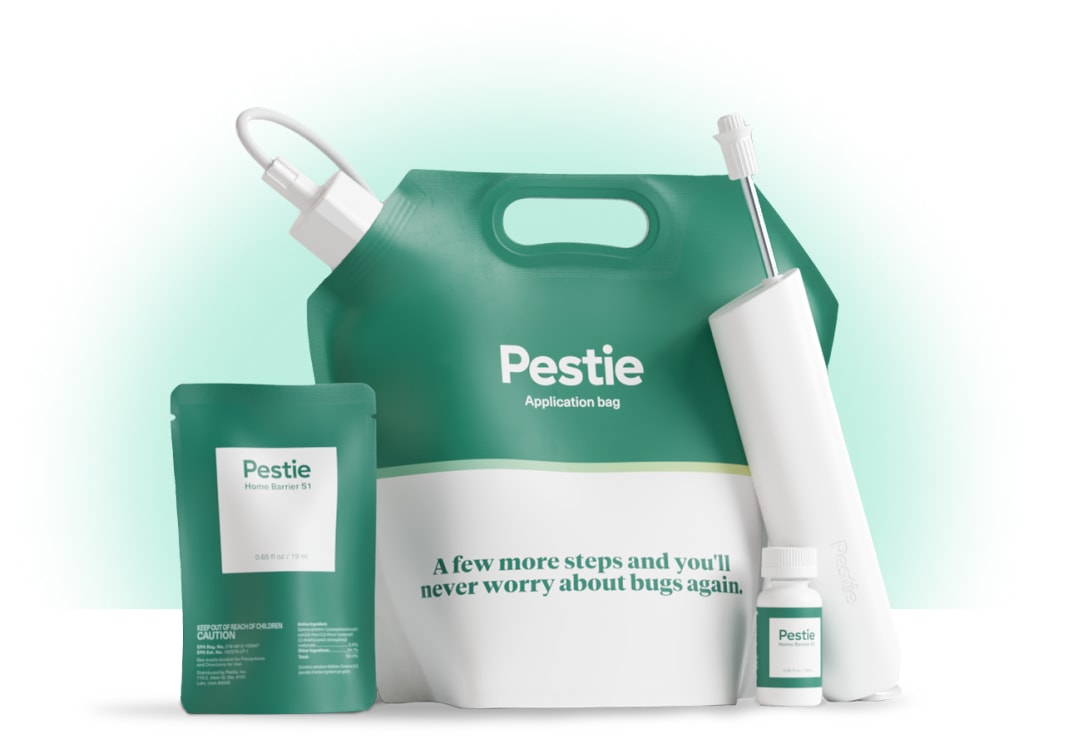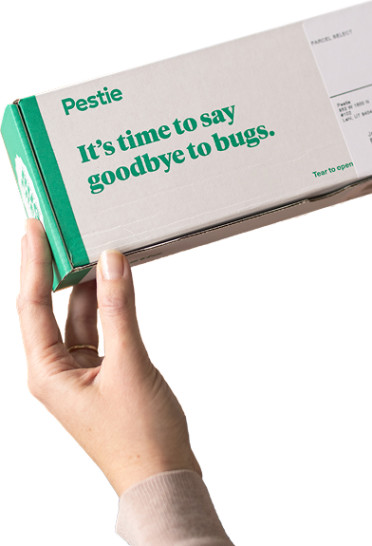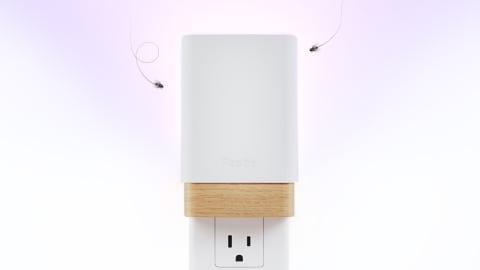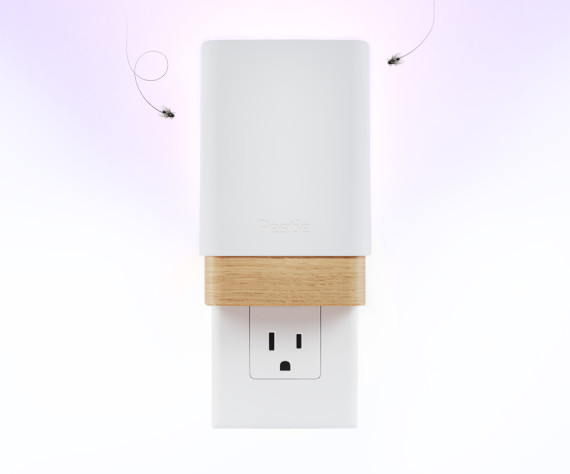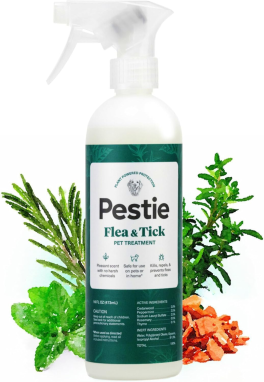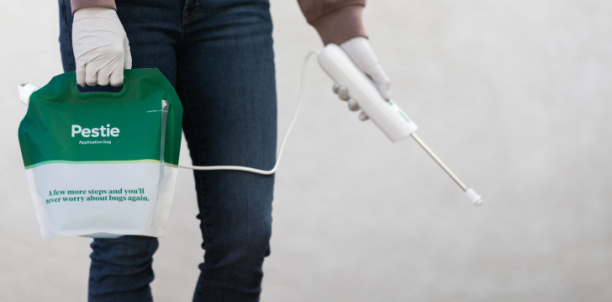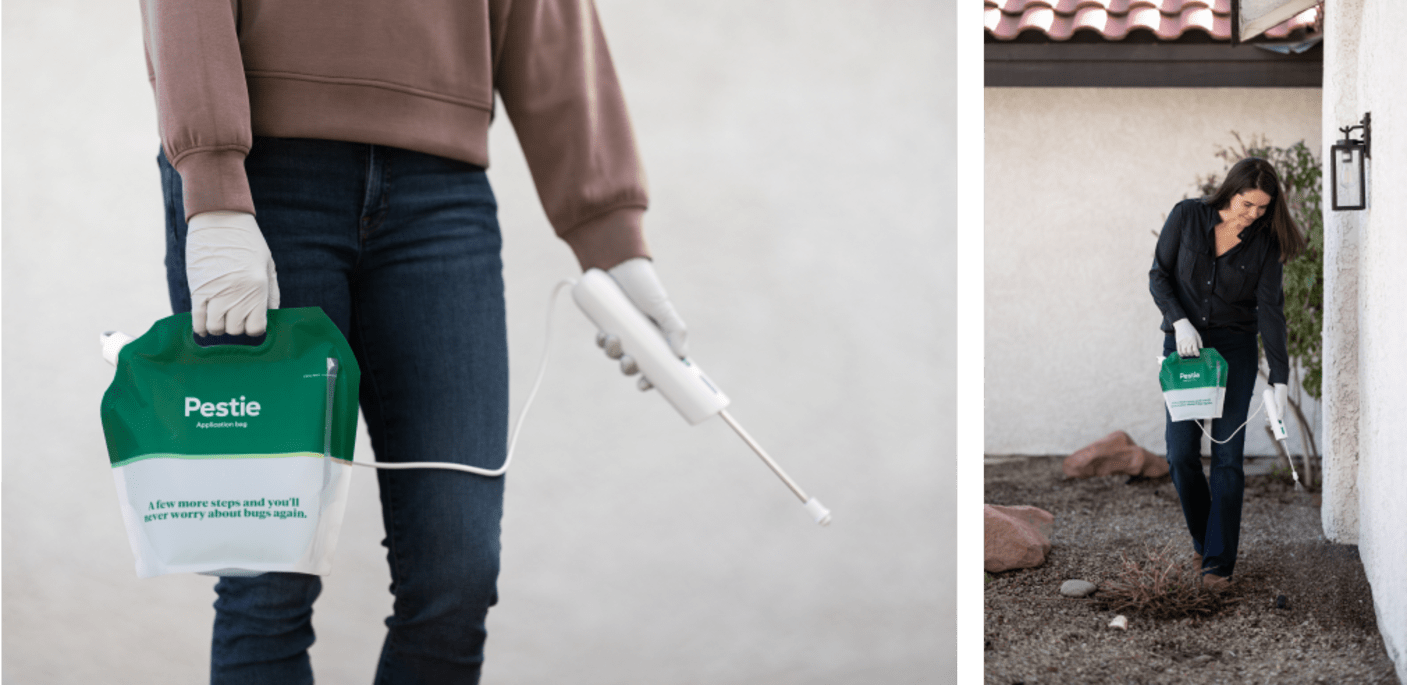How to identify and get rid of spittlebugs
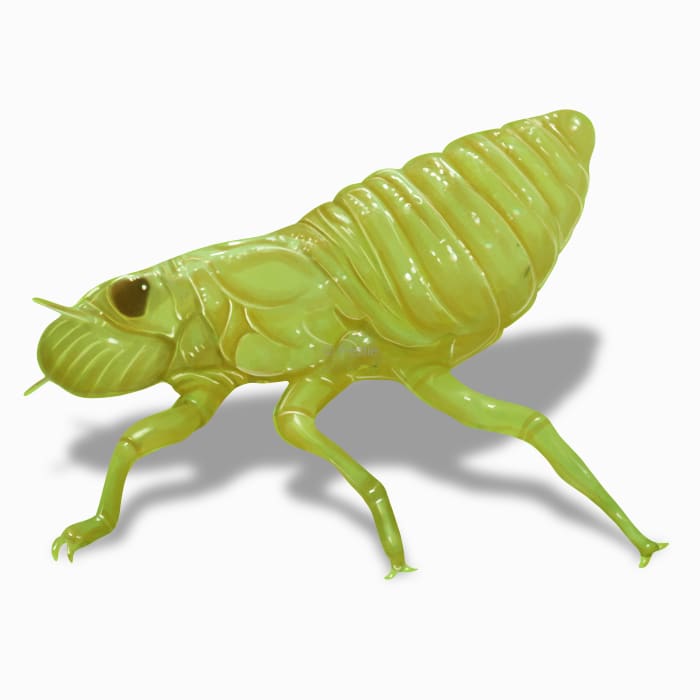
Identifying spittlebugs in your garden
Has somebody been spitting all over your plants? Not quite! That frothy mass on the stems of your plants is thanks to the spittlebug.
Spittlebugs are the nymphs of froghopper insects. Froghoppers are plant-sucking insects related to cicadas, planthoppers, leafhoppers, and treehoppers.
When froghoppers are still immature, they create a foamy spittle around themselves as they feed. They can eject the excess water from their abdomen and form a protective coating. The spittle helps them hide, keeps them at the right temperature, and keeps them from drying out.
The adults hop from plant to plant, feeding on plant sap and looking for places to lay eggs. They don't do a lot of damage to plants and aren't necessarily a big pest in gardens.
How to identify spittlebugs
Most people notice the bubbly spit on their plants when they discover spittlebugs in their garden. The nymphs are yellow-green with striking red eyes. The adults are usually more colorful and have spines on their legs.
The adults are very strong jumpers and can jump over 2 feet.
How big are spittlebugs?
Spittlebugs can grow to about ¼ inch long.
What other pest looks like a spittlebug?
Leafhoppers are the most similar-looking pests to spittlebugs. Both are small and can jump, but leafhoppers don't create the frothy spit that spittlebugs do.
Where do spittlebugs live?
Spittlebugs live throughout the United States and are found on various ornamentals, shrubs, grasses, and garden plants. They rarely come into a house or structure. They might accidentally hitchhike on a houseplant.
How to get rid of spittlebugs
Spittlebugs don't do much damage to plants and aren't very common in gardens or lawns. However, if you don't like the look of wads of spit clinging to your plants, it's very easy to clean that up.
You can spray off the spittle with a hose, knocking off the nymphs in the process, handpick them off your favorite plants, or prune any trees or shrubs that seem to be affected by them.
And that's about it! You don't need to spray any insecticides, oils, or insecticidal soaps, but those can be effective if you have an infestation. That is most likely to occur during especially dry and hot seasons.
If you want to keep spittlebugs from entering your property, consider using an insect barrier spray. Check out Pestie's DIY plan and save hundreds on your pest control efforts.
Treat spittlebugs with Pestie
If you're still having trouble keeping spittlebugs away, the best option is to use a pro-grade, effective pest control solution like Pestie.
Pestie is a do-it-yourself pest control solution that's specially designed to keep spittlebugs and other pests away from your home.
With Pestie, you can rest easy knowing that your living space is protected and free of creepy crawlies. And the best part? It's designed for people, pets, and the planet, so you can say goodbye to harsh chemicals and hello to peace of mind!
- Save hundreds compared to traditional annual pest plans
- People, pet, and planet-friendly
- Pro-grade customized formulas
Quick facts
- Scientific name
Family: Aphrophoridae
- Colors
Nymphs – yellow-green, adults – brown and white with colorful markings
- Life span
Less than one year
- Diet
Plant juice
How dangerous are Spittlebugs?
Low danger risk
Spittlebugs are harmless to humans and pets. They might be a nuisance to your plants, but they don't pose any health risks.
Fleas always get the award for longest leapers compared to body size, but froghoppers can jump 100 times their own length. That's even longer than most fleas jump!
